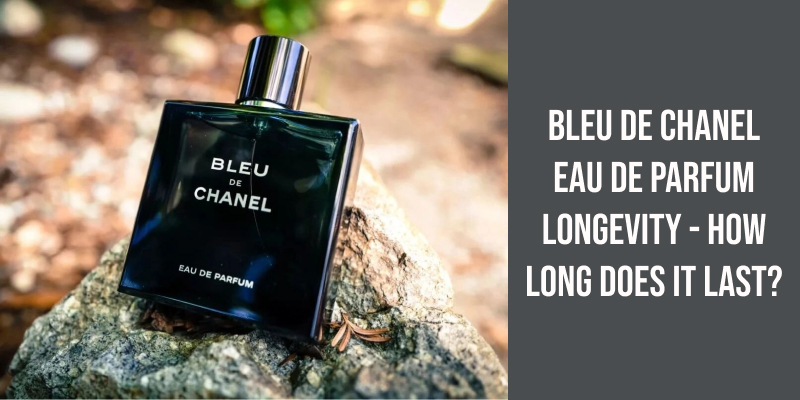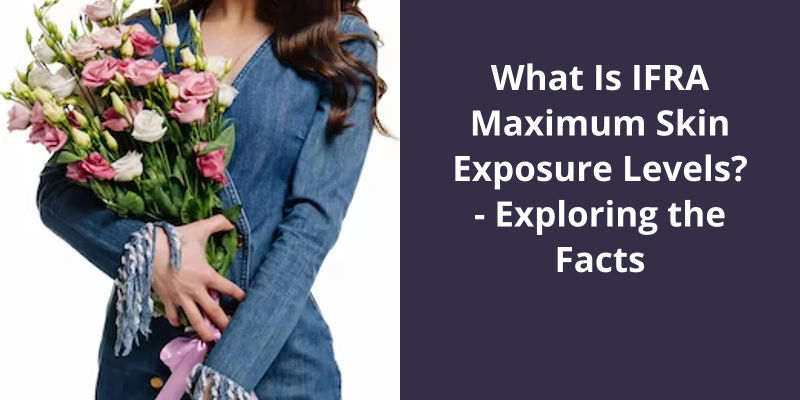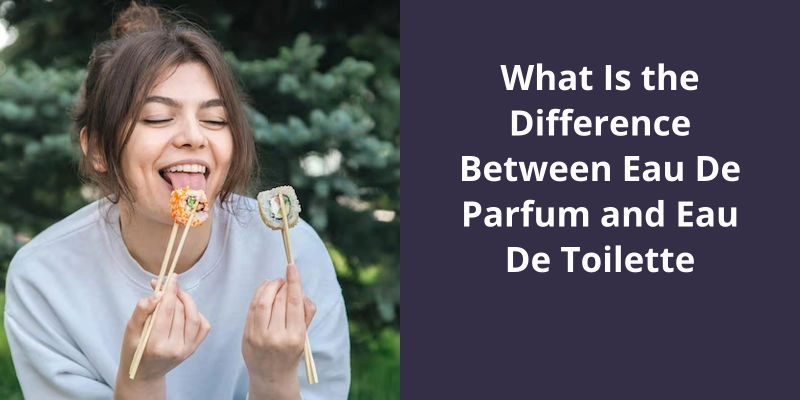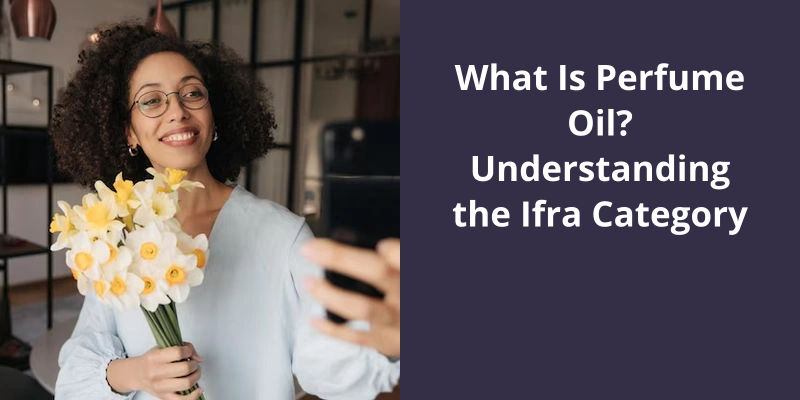Have you ever wondered why the number 5 has such a special meaning in the world of perfume? Well, it turns out that this number holds a significant role, particularly in one iconic fragrance. Chanel, the renowned French fashion house founded by Coco Chanel in 1910, made a bold move by choosing the fifth sample presented to them by perfumer Ernest Beaux. Little did they know that this decision would lead to the creation of one of the most legendary scents of all time, Chanel N°5. The simplicity of it’s numerical name and the elegance of it’s minimalist bottle captivated women from every corner of the globe, making it a symbol of timeless style and sophistication. Let's delve deeper into the significance of this enigmatic number and unravel the mysteries behind it’s enduring allure.
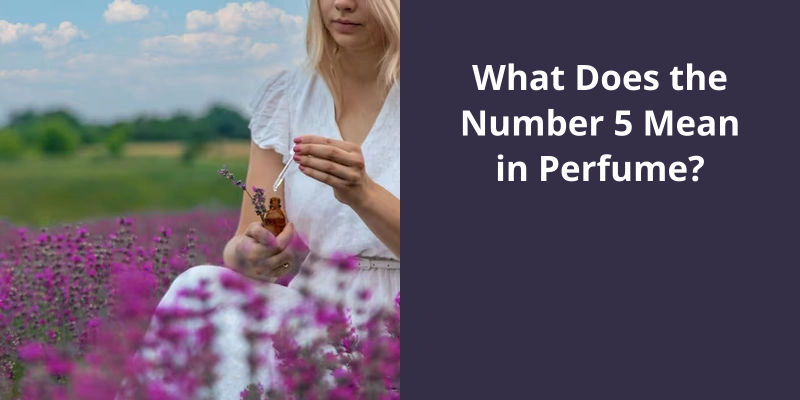
Why Does Chanel No. 5 Smell So Good?
Chanel No. 5 has been a fragrance icon for decades, captivating and enchanting wearers with it’s unique scent. Many wonder why this particular perfume smells so good, and the answer lies in it’s meticulous composition. One key element that sets Chanel No. 5 apart is the heavy dose of aldehydes infused within it’s formula. Aldehydes are organic compounds that provide a distinct, crisp quality to fragrances, evoking a feeling of purity and freshness. In No. 5, these aldehydes contribute to the perfumes remarkable opening burst of crispness and sparkle.
They add a sparkling effervescence to the fragrance, mimicking the sensation of a refreshing breeze. Combined with the floral notes, the aldehydes elevate the perfume, creating a symphony of scents that dance on the skin.
The History of Chanel No. 5: Explore the Origins and Evolution of Chanel No. 5, Including the Inspiration Behind It’s Creation and It’s Impact on the Perfume Industry.
Chanel No. 5 is a legendary perfume that’s left an indelible mark on the perfume industry. It’s history begins in the early 1920s, when Gabrielle “Coco” Chanel challenged perfumer Ernest Beaux to create a scent that was unlike any other. Beaux presented her with a series of numbered samples, and it was the fifth sample that ultimately caught Coco Chanel’s attention.
Chanel No. 5 was the first fragrance launched by the iconic fashion house and quickly gained popularity for it’s unique and sophisticated scent. The perfume’s composition is a blend of floral and aldehyde notes, which was groundbreaking at the time. The use of aldehydes gave the fragrance a fresh and modern character, setting it apart from traditional perfumes.
The number 5 in the perfume’s name is said to represent Coco Chanel’s belief in the power of superstition. She considered the number 5 to be lucky and believed it would bring her success. This belief is reflected in the perfume’s name, and the number 5 has since become synonymous with the Chanel brand.
Chanel No. 5 has had a lasting impact on the perfume industry, revolutionizing the way fragrances are created and marketed. It introduced the concept of a “signature scent” and paved the way for other iconic perfumes. Over the years, Chanel No. 5 has remained a symbol of elegance and timeless beauty, making it one of the most beloved and recognizable fragrances in the world.
The iconic scent of Chanel No. 5 has remained largely untouched since it’s inception, with only a few adjustments made over the years to comply with regulations. One noticeable deviation, however, lies in the creation of the Eau de Parfume, formulated by Jacques Polge in the 1980s as a contemporary interpretation of the original fragrance.
Has the Scent of Chanel No. 5 Changed?
Chanel No. 5, known as one of the most iconic perfumes in the world, has captured the hearts of many for decades. Despite the passing of time, the scent of Chanel No. 5 has remained remarkably consistent. The fragrances DNA, carefully crafted by Ernest Beaux in 1921, has seen little change over the years. However, some modifications were required due to the exclusion of natural civet and certain nitro-musks.
One notable alteration came in the form of the Eau de Parfum, created by Jacques Polge in the 1980s. This modern rendition of No. 5 evolved the fragrance, offering a subtle twist on it’s timeless allure. While still distinctly Chanel No. 5, this Eau de Parfum presents a contemporary interpretation that captivates with it’s harmonious blend of notes.
The Marketing and Advertising Strategies of Chanel No. 5 Throughout the Years
- Use of famous celebrities in advertising campaigns
- Collaborations with renowned directors and photographers
- Emphasis on the brand’s heritage and luxury image
- Storytelling through visually captivating and provocative commercials
- Exclusive and limited edition releases to create desire and exclusivity
- Integration of Chanel No. 5 in popular culture and films
- Targeting specific demographics and consumer segments
- Innovative and memorable packaging design
- Engagement with social media influencers and brand ambassadors
- Partnerships with high-end fashion events and shows
- Cross-promotion with other luxury brands to expand reach
- Omnichannel marketing approach across print, digital, and physical platforms
- Personalized customer experiences through customization options
- Investment in sustainability and responsible marketing practices
- Constant evolution and adaptation to stay relevant in the market
Source: Has the formulation for Chanel No. 5 changed since it’s …
Watch this video on YouTube:
Conclusion
This numerical name, coupled with it’s minimalist bottle design, has made it an instantly recognizable and relatable scent for women all around the world. N°5 stands as a testament to the enduring allure and timeless elegance of Chanel, forever etching the number "five" into the annals of perfume history.


